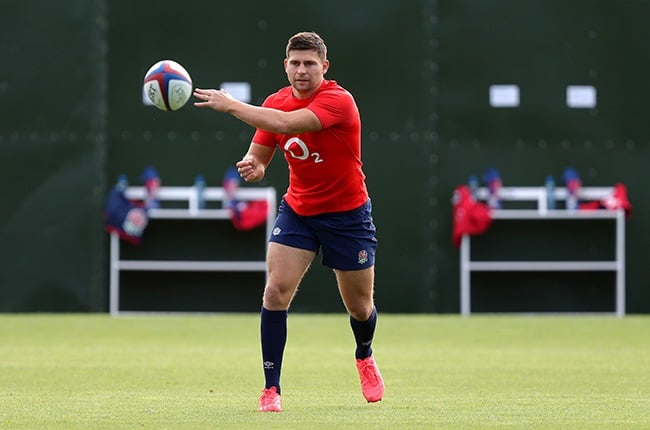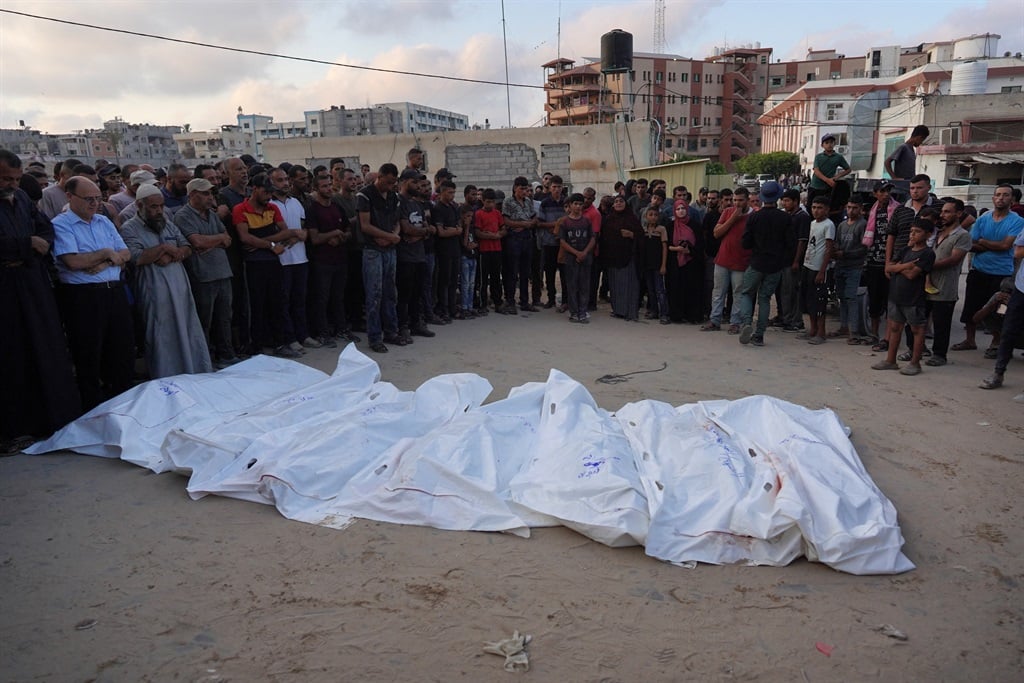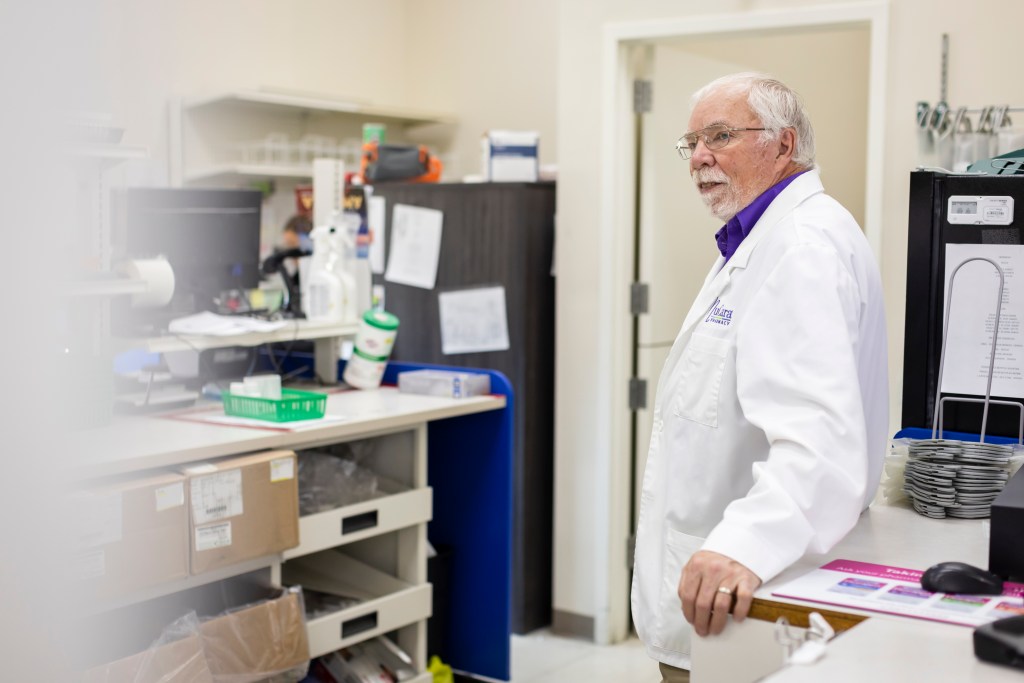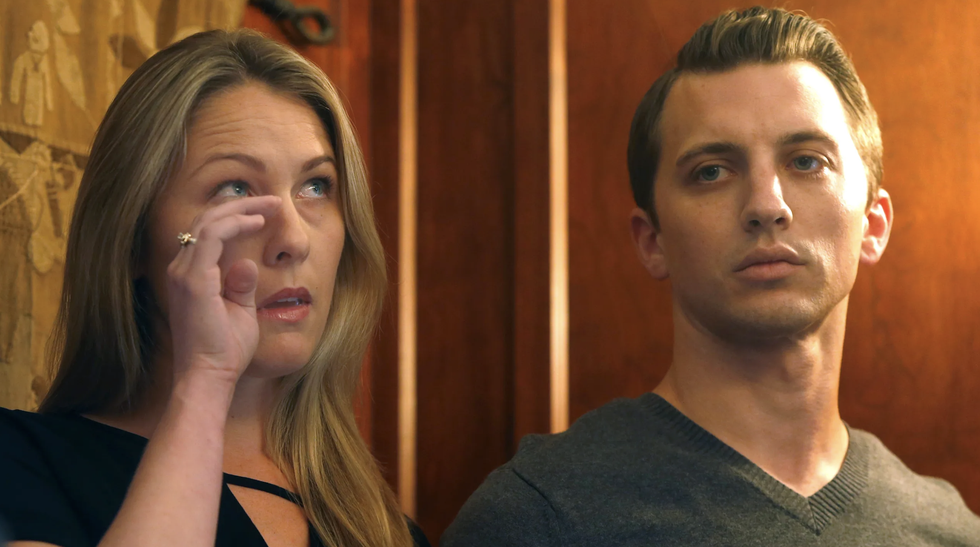WEDNESDAY, Sept. 22, 2021 (HealthDay News) — Younger women who undergo radiation for cancer in the left breast have a heightened risk of heart disease years later, a new study finds.
Among women who received radiation therapy for left-sided breast cancer, 10.5% developed coronary artery disease over the next 27 years, researchers found. That was close to double the rate among women who had radiation for tumors in the right breast.
Experts said the findings, published recently in the Journal of the American College of Cardiology: CardioOncology, are not unexpected.
Because of the heart’s anatomical position, the organ and its arteries are exposed to more radiation when a woman receives treatment for cancer in the left breast.
And previous studies have found that those women do have a higher long-term rate of coronary artery disease compared to women who receive treatment to the right breast.
But the new study focused on younger women, diagnosed before age 55, said researcher Gordon Watt, a postdoctoral fellow at Memorial Sloan Kettering Cancer Center in New York City.
Those women are likely to live for many years after their breast cancer treatment, so it’s important to understand what kinds of long-term follow-up they will need for their overall health, according to Watt.
He stressed that the point is not to deter women from receiving radiation therapy.
“Radiation is a crucial component of breast cancer treatment, and this study is not about whether women should receive it,” Watt said. “This is about what kind of follow-up they may need afterward.”
The study included 972 women who received radiation for stage 1 or stage 2 breast cancer between 1985 and 2008.
Over 27 years, 10.5% of women who received left-sided radiation developed coronary artery disease — either chest pain requiring medication, clogged heart arteries or a heart attack. That compared with 5.8% of women who received right-sided radiation.
Among women who were younger than 40 when their breast cancer was diagnosed, 5.9% of those who’d received left-sided radiation eventually developed heart disease. That compared with none of those who had right-sided radiation.
Overall, Watt said, women given right-sided radiation had heart disease rates similar to those seen among U.S. women in general.
The bottom line, according to Watt, is that when caring for breast cancer survivors, doctors should take the “laterality” or side of their cancer into consideration.
“Left-sided radiation should be considered a risk factor for coronary artery disease,” Watt said.
He also noted, though, that while left-sided radiation is linked to a relatively higher risk, most women in the study did not develop coronary artery disease.
What does long-term follow-up for heart disease involve?
There’s no established way to do it, according to Dr. Louis Constine, a radiation oncologist at the University of Rochester’s Winship Cancer Institute in Rochester, N.Y.
“We don’t know what the optimal surveillance is,” said Constine, co-author of an editorial published with the study. “We still have to define what the best modality is, how often it should be done, and for how long.”
So as it stands, breast cancer survivors vary in how their heart health is followed. If they were treated at a large academic medical center, for instance, Constine said they might see a cardio-oncologist — cardiologists who specialize in the heart health of cancer survivors.
Other women may see their primary care doctor. Regardless, both Constine and Watt said a woman’s doctor should know her cancer treatment history.
When it comes to their personal risk of coronary artery disease, individual women will vary, Constine said: Traditional risk factors, such as smoking, high blood pressure, obesity and diabetes, are crucial — just as they are for people who’ve never had cancer.
“Try to minimize your risk by living a healthy life, with regular exercise, a healthy diet and not smoking,” Constine said.
Another important point, Watt said, is that women in this study were largely treated in the 1980s and ’90s. Modern radiation has changed, in ways specifically designed to shield the heart.
Constine said current techniques — which involve changes in the radiation itself, and tactics like breath-holding — have curbed the amount of radiation reaching the heart and its arteries.
It’s not yet known, he said, how that will affect survivors’ long-term risk of coronary artery disease.
More information
The American Heart Association has more on breast cancer and heart disease.
SOURCES: Gordon Watt, PhD, postdoctoral research fellow, epidemiology and biostatistics, Memorial Sloan Kettering Cancer Center, New York City; Louis Constine, MD, professor, radiation oncology, Winship Cancer Institute, University of Rochester, Rochester, N.Y.; Journal of the American College of Cardiology: CardioOncology, September 2021
Note: This article have been indexed to our site. We do not claim legitimacy, ownership or copyright of any of the content above. To see the article at original source Click Here













